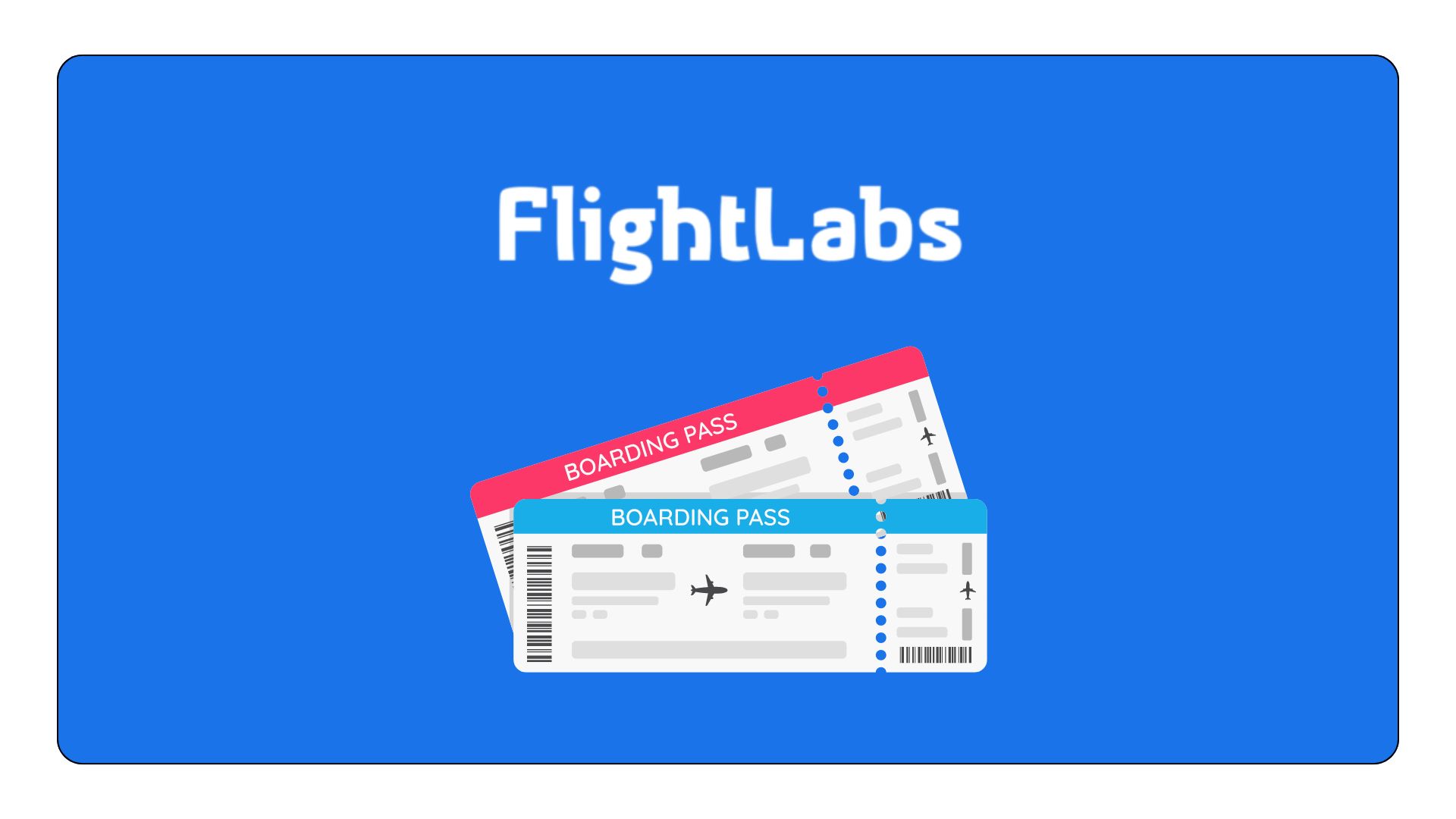Real Time Flights API: Live Flight Data For Your App

While historical data is crucial in many applications, real-time data is equally essential. The Real-Time Flights API enables developers to create applications that go beyond real-time tracking by giving them access to past flight data. Predictive analysis on this data can be used to estimate delays, examine trends, and improve flight schedules.
Applications that demand a more thorough comprehension of flight patterns benefit greatly from historical data. To provide consumers with more accurate predictions, an application that forecasts flight delays, for instance, can utilize historical data to find patterns and correlations. The API gives developers the ability to access this data, enabling them to design more intelligent and complex apps.
Developer Integration: How to Implement FlightLabs
Implementing a Real-Time Flights API is a critical step in the development process. The ease of integration and the quality of the tools provided by the API can significantly impact the success of the project.
Comprehensive documentation is essential for the successful integration of a Real-Time Flights API. This documentation serves as a roadmap for developers, guiding them through the process of integrating the API into their applications. It should include detailed instructions on how to authenticate, retrieve data, and handle errors.
Good documentation goes beyond just explaining how to use the API; it also provides best practices and tips for optimizing performance. This ensures that developers can not only integrate the API but also make the most of its features. By providing clear and concise documentation, the API provider helps developers avoid common pitfalls and ensures a smoother integration process.
API Response Time and Performance: Speed Matters in Development
In addition to providing real-time updates, the Real-Time Flights API must also perform efficiently. Response time is a crucial factor for developers, especially when building applications that require instant access to flight data. A slow API can hinder the performance of the application, leading to delays in data retrieval and a less-than-optimal user experience.
To address this, the API must be designed for high performance, with minimal latency and fast response times. This ensures that developers can build applications that are responsive and capable of handling large volumes of requests. High performance is particularly important during peak travel times, such as holidays, when the demand for real-time flight data is at its highest.
Conclusion
Discover the most recent information, past performance, forecasts for upcoming flights, itineraries, costs, delays, precise route information, airport information, timetables, IATA/ICAO codes, and more. Your one-stop shop for all things aviation data related is the FlightLabs API. Every day, thousands of people use this flight data API to create booking websites, create well-known flight monitoring apps, or track and display international flights.
The cornerstone of the aviation industry is at your fingertips with this API. Developers may access all aviation data, which is centrally stored and includes airline itineraries, airport timetables, real-time flight monitoring, and much more. You can get the most recent information about flights that are currently in progress by going to FlightLabs. Along with the arrival and departure timings, you may find out where you are right now. You may view historical flight data using it as well. Comprehensive details on earlier flights are available.
